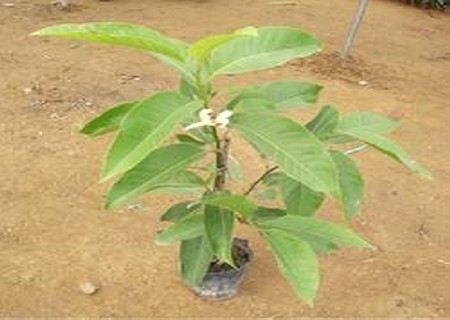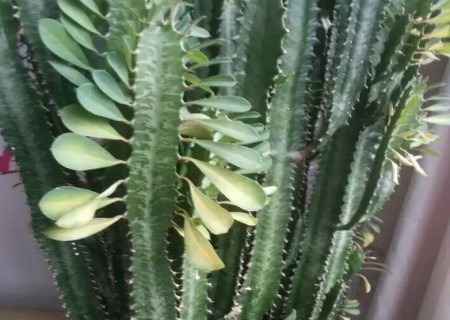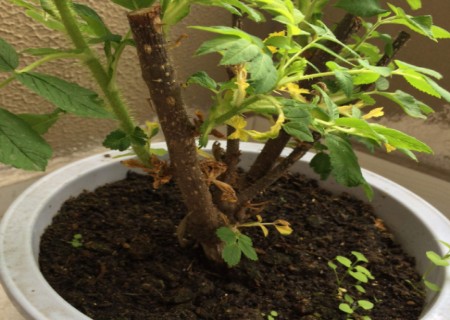What if the leaves of potted white orchids turn yellow?
With its gorgeous elegant demeanor, flowers decorate nature with extraordinary beauty and give people the enjoyment of beauty. Flower cultivation can enrich and regulate people's cultural life, increase fun, cultivate temperament and improve health; it can also increase scientific knowledge and improve cultural and artistic literacy; flower cultivation can afforest and beautify the motherland, protect and improve the environment, purify the air, and enable people to work and study in a beautiful environment and live a better life.
White orchid, also known as Magnolia, commonly known as Magnolia, belongs to Magnoliaceae, Michelia (Magnolia), can be used for group planting or solitary planting in the garden, roadside, house and window, lawn. Cold areas are generally planted in pots, moved to the greenhouse in winter, in front of the steps in the corner, furnished several pots, fragrant overflowing, but also feel lovely. White orchids are white and fragrant, blooming between summer and autumn, with long flowering period and thick green leaves. They are famous ornamental trees in the garden, and most of them are street trees. But what if the leaves of white orchids turn yellow during maintenance?

First, the reason why the leaves of white orchids turn yellow.
Too little light: the white orchid needs plenty of sunlight, otherwise it will inhibit the normal growth of the plant and produce yellow leaves.
Temperature is too high: when there is a problem with temperature control, too high temperature will make leaf transpiration abnormal and yellowing.
Too much water: the watering amount of white orchids is not well controlled, which makes the basin soil too dry or too wet, which will affect the normal growth of fleshy roots and lead to the emergence of yellow leaves.
Chlorosis: chlorosis can easily lead to yellowing and shedding of leaves, and in serious cases can kill the whole plant.
Root rot: the harm of root rot is also more serious, which will make the roots black and rot, and affect the leaves from the bottom up.
Second, the solution to the yellowing of white orchid leaves.
Sufficient light: to ensure sufficient light, you need to put the white orchid in the courtyard or home balcony, windowsill and other places where you can see the light for a long time, but in summer, you should pay attention to avoid the direct light, exposure will also adversely affect the plant.
Appropriate temperature: to avoid excessive temperature difference, it is more appropriate to maintain an average temperature of 5-10 ℃. When the temperature increases, special attention should be paid to the ventilation and ventilation of the culture environment and humidification of the dry air.
Watering properly: the amount of water should be continuously adjusted according to the climate wettability and other aspects to ensure the normal and appropriate wettability of the soil.
Prevention and treatment of chlorosis: slightly acidic soil should be selected, a small amount of alkaline inorganic fertilizer should be applied, and when the disease occurs, ferrous sulfate (0.2%) should be sprayed on the leaf surface, the frequency is once a week, even spraying 3-4 times, or spraying alum fertilizer and water once a week, continuous spraying 3-4 times can alleviate the disease.
Prevention and control of root rot: the occurrence of this disease is usually due to excess water, watering should be "no dry, no watering", and keep the soil loose and enhance its drainage. When there is more rainfall during the Meiyu period, timely rain protection measures should be taken for the plants; more broken tiles can be added at the bottom of the basin to speed up the flow of water and promote drainage.
Nowadays, flower cultivation is becoming more and more common in families. When it comes to the yellowing of potted flowers, each reason is closely related to our daily maintenance work. As long as we can do a good job carefully, there is no need to worry that the green in the pot will be far away from us.
Time: 2019-05-31 Click:
- Prev

What if the leaves of keel flowers turn yellow?
Dragon bone flower, in Guangdong, some people call the overlord whip a calamity lark. Its flowers are relatively small and inconspicuous, but its tall and straight fleshy stems and thick leathery leaves at the top are evergreen all the year round, with a bit of the forceful and powerful steel whip used by the overlord at that time.
- Next

What if the leaves of potted roses turn yellow?
Rose, also known as thorn rose, lingering flower, assassin, heart-piercing rose. Shrubs of the genus Rosaceae. As a crop, its flowers are mainly used in food and to extract essential rose oil. Rose oil is more valuable than equal weight gold and is used in cosmetics, food, fine chemicals and other industries.
Related
- Fuxing push coffee new agricultural production and marketing class: lack of small-scale processing plants
- Jujube rice field leisure farm deep ploughing Yilan for five years to create a space for organic food and play
- Nongyu Farm-A trial of organic papaya for brave women with advanced technology
- Four points for attention in the prevention and control of diseases and insect pests of edible fungi
- How to add nutrient solution to Edible Fungi
- Is there any good way to control edible fungus mites?
- Open Inoculation Technology of Edible Fungi
- Is there any clever way to use fertilizer for edible fungus in winter?
- What agents are used to kill the pathogens of edible fungi in the mushroom shed?
- Rapid drying of Edible Fungi

